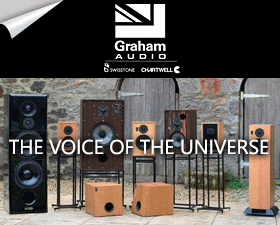1. The frequency response is a curve plotting the amplitude response (y-axis) as a function of frequency (x-axis). When talking about the frequency response of a loudspeaker, you must always reference the location of the microphone with respect to the loudspeaker since the frequency response will vary with location. Typically, manufacturers show the on-axis response where the microphone is placed on the reference axis of the loudspeaker. We also show a listening window frequency response that represents a spatial average of several microphone positions around the reference axis of the loudspeaker. We also show the spatial average of the first reflections where the microphone is placed at several angles where sound radiated ends up at the listening position from the first floor/ceiling/side/front/rear walls -- based on a survey of loudspeaker setups in different homes.
The sound power response is the frequency response of the total radiated sound produced from the loudspeaker at different frequencies. This can be measured by measuring the loudspeaker in a reverberation chamber or calculated by measuring the loudspeaker in an anechoic chamber at many angles around a sphere. We do a total of 70 different measurements in the vertical and horizontal orbits (every 10 degrees) and then calculate the sound power response from those measurements.
Your impression of the sound quality of a loudspeaker in a room is based on a combination of the direct, early and late reflected sounds produced by the loudspeakerTherefore, to accurately predict the loudspeakers' sound quality you need a lot of anechoic frequency response measurements that characterize the direct sound (on-axis//listening window frequency response curve, the early reflected sound(first reflection frequency response curve), and the late reflected sound (sound power response). We've shown that with this data, you can accurately predict the measured in-room response in a typical room between 200-300 Hz and 10 kHz. Below 300 Hz the room dominates what you hear (room resonances, solid boundary gain). Above 10 kHz or so, the absorption from air and room treatment will influence the late arrivals.
















